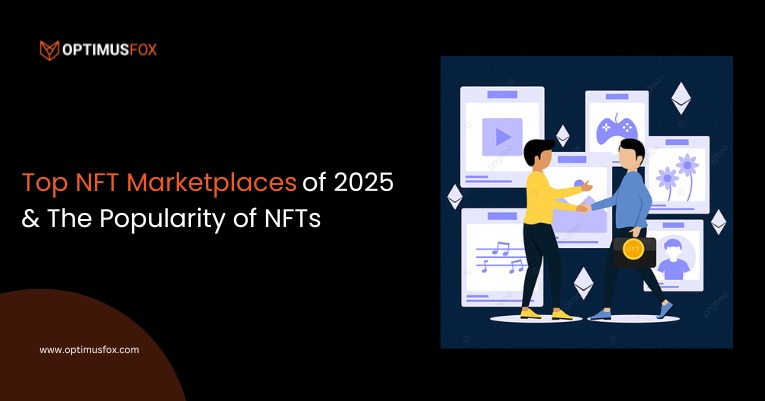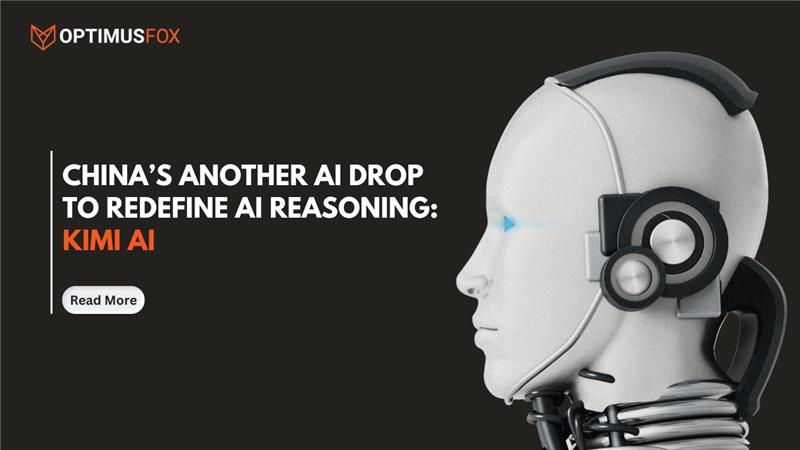In today’s interconnected world, the Internet of Things (IoT) has revolutionized how devices and systems communicate and collaborate. From smart homes to industrial automation, IoT has ushered in an era of convenience and efficiency.
However, this rapid proliferation of interconnected devices has also raised significant security concerns. To address these challenges, the combination of two cutting-edge technologies, Blockchain and Artificial Intelligence (AI), is emerging as a potential solution.
In this article, we will delve into the intricacies of securing IoT with Blockchain and AI, exploring the challenges they tackle and the opportunities they present.
Understanding IoT with Blockchain and AI
IoT, in its essence, involves a vast network of devices, sensors, and systems exchanging data and performing actions. The key challenge lies in ensuring the security and privacy of this data as it traverses the network.
Blockchain, the technology behind cryptocurrencies like Bitcoin, offers a decentralized and tamper-resistant framework for data storage and verification. AI, on the other hand, can analyze and predict patterns, enabling real-time threat detection and mitigation.
Combining these technologies can enhance the security posture of IoT systems.
Challenges in IoT Security
Data Integrity and Authenticity
One of the primary concerns in IoT security is maintaining the integrity and authenticity of the data being transmitted. With the sheer volume of data exchanged among devices, ensuring that data has not been altered maliciously is a daunting task.
Blockchain’s inherent immutability and consensus mechanisms provide a robust solution to this challenge. By recording data transactions across a distributed ledger, any unauthorized alterations become immediately evident.
Scalability Issues
IoT networks involve a massive number of devices generating data at a rapid pace. Traditional blockchains, however, may face scalability issues when handling such high transaction loads. This is where AI comes into play.
Machine learning algorithms can optimize blockchain operations, enhancing scalability and reducing latency. AI-driven predictive algorithms can determine optimal times for transaction processing, reducing congestion.
Resource Constraints
Many IoT devices operate with limited computational resources. Implementing complex security protocols can strain these resources, affecting device performance. By utilizing AI, devices can offload security-related tasks to central processing units in the network.
This distributed approach ensures that devices can focus on their primary functions while still maintaining robust security measures.
Privacy Concerns
IoT devices often gather sensitive data about users and their environments. Protecting this data from unauthorized access is crucial to maintaining user privacy. Blockchain’s encryption capabilities combined with AI’s anomaly detection can establish a multi-layered defense.
AI algorithms can identify unusual patterns of data access, triggering alerts and potential actions, while blockchain ensures that data remains encrypted and accessible only to authorized parties.
Opportunities Presented by Blockchain and AI
Enhanced Identity Management
Blockchain’s secure and immutable ledger can revolutionize identity management within IoT networks. Each device, user, or entity can have a unique, tamper-proof identity recorded on the blockchain. AI algorithms can then continuously monitor these identities, detecting any suspicious behavior or unauthorized access attempts.
This decentralized identity management system eliminates the vulnerabilities associated with centralized identity databases.
Distributed Denial-of-Service (DDoS) Mitigation
DDoS attacks pose a significant threat to IoT networks by overwhelming them with traffic, causing disruptions. Blockchain’s decentralized nature can distribute traffic across the network, minimizing the impact of DDoS attacks.
AI algorithms can identify unusual patterns of incoming traffic, differentiating between legitimate and malicious requests. By combining these technologies, IoT networks can effectively mitigate DDoS attacks in real time.
Predictive Maintenance and Anomaly Detection
AI-powered predictive analytics can enhance IoT security by identifying potential vulnerabilities before they are exploited. Machine learning models can analyze historical data to predict potential security breaches or system failures.
Blockchain can then record the results of these predictions, creating an auditable trail of preventive measures taken. This proactive approach to security significantly reduces the risk of data breaches.
Supply Chain Security
IoT is extensively used in supply chain management, tracking products from manufacturing to delivery. Ensuring the security and authenticity of this data is crucial to prevent counterfeiting and tampering. Blockchain’s transparent and tamper-proof ledger can record every step in the supply chain, while AI algorithms can cross-reference data to detect any inconsistencies or unauthorized alterations.
Read More: Future of Connectivity and Security
Overcoming Implementation Challenges
Integration Complexity
Implementing both Blockchain and AI in existing IoT systems can be complex. Different technologies and protocols need to seamlessly interact.
However, this challenge can be mitigated by utilizing middleware solutions designed to integrate various technologies. Additionally, emerging standards for IoT interoperability can streamline the integration process.
Skill Set Requirements
Developing and maintaining Blockchain and AI solutions requires specialized skills. Organizations must either train their existing workforce or hire new talent.
To address this, universities and online platforms offer courses on these technologies. Leveraging partnerships with specialized technology companies can also provide access to the necessary expertise.
Regulatory and Legal Considerations
The deployment of IoT solutions often involves compliance with various regulations, especially concerning data privacy. Implementing Blockchain and AI introduces new complexities in terms of regulatory compliance.
Organizations must carefully navigate these legal considerations to ensure their solutions adhere to relevant laws and regulations.
Conclusion
As the IoT landscape continues to evolve, securing interconnected devices becomes paramount. The synergistic combination of Blockchain and AI offers a powerful solution to the challenges associated with IoT security. While challenges like scalability and integration complexity exist, the opportunities for enhanced identity management, predictive maintenance, and supply chain security are substantial. By understanding and addressing these challenges, organizations can harness the potential of IoT with Blockchain and AI to create a safer and more efficient interconnected world.






